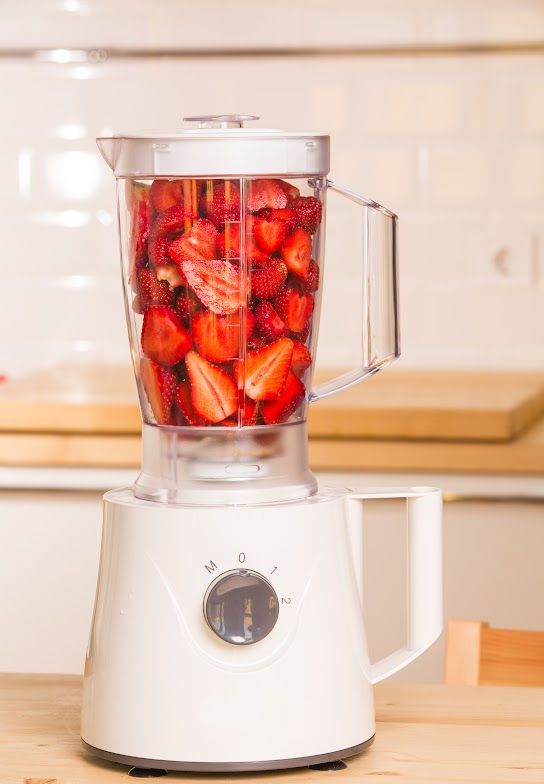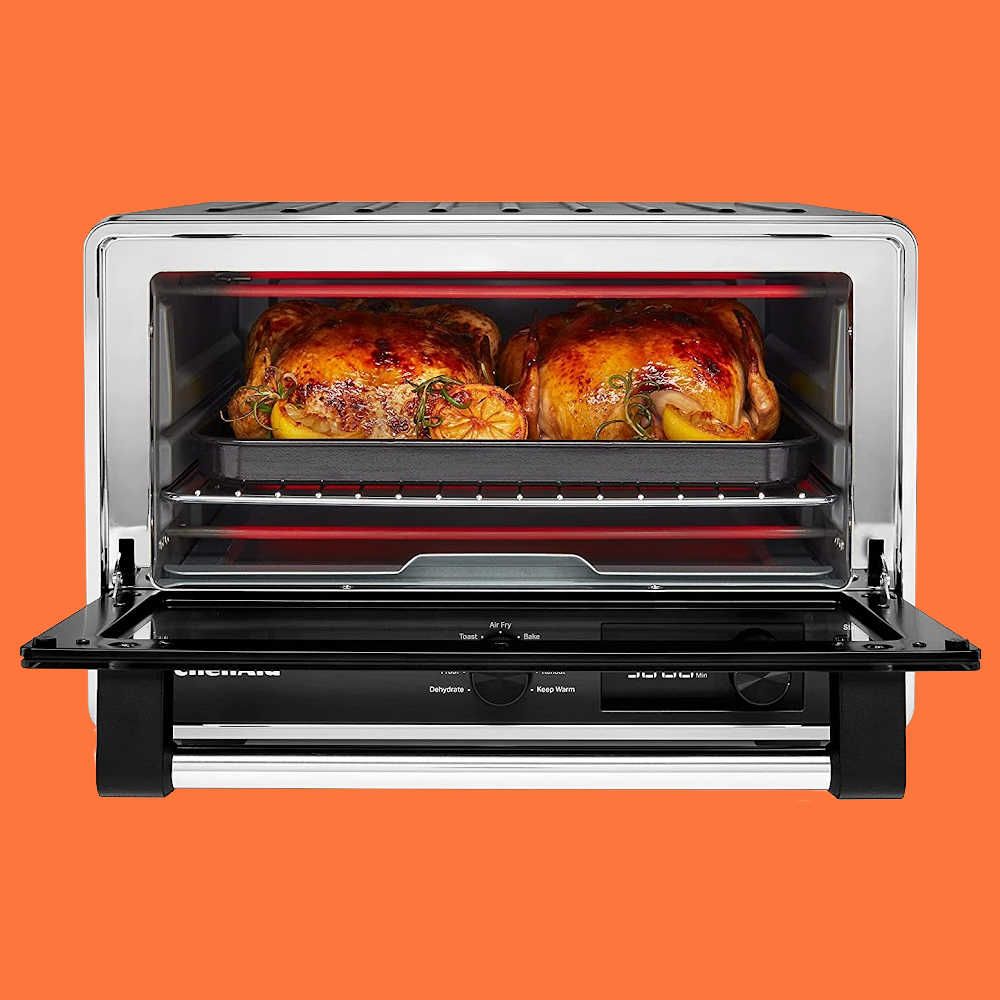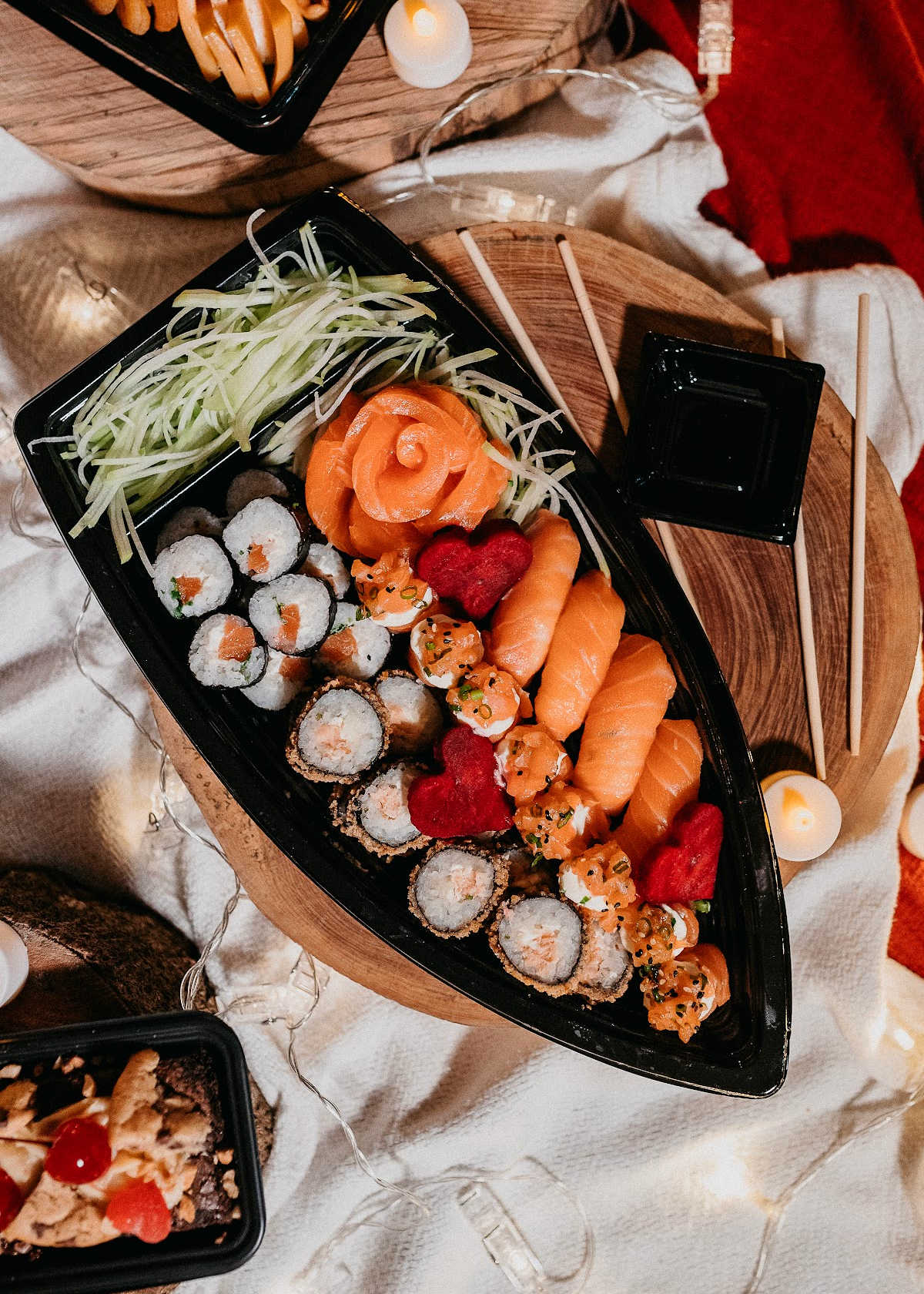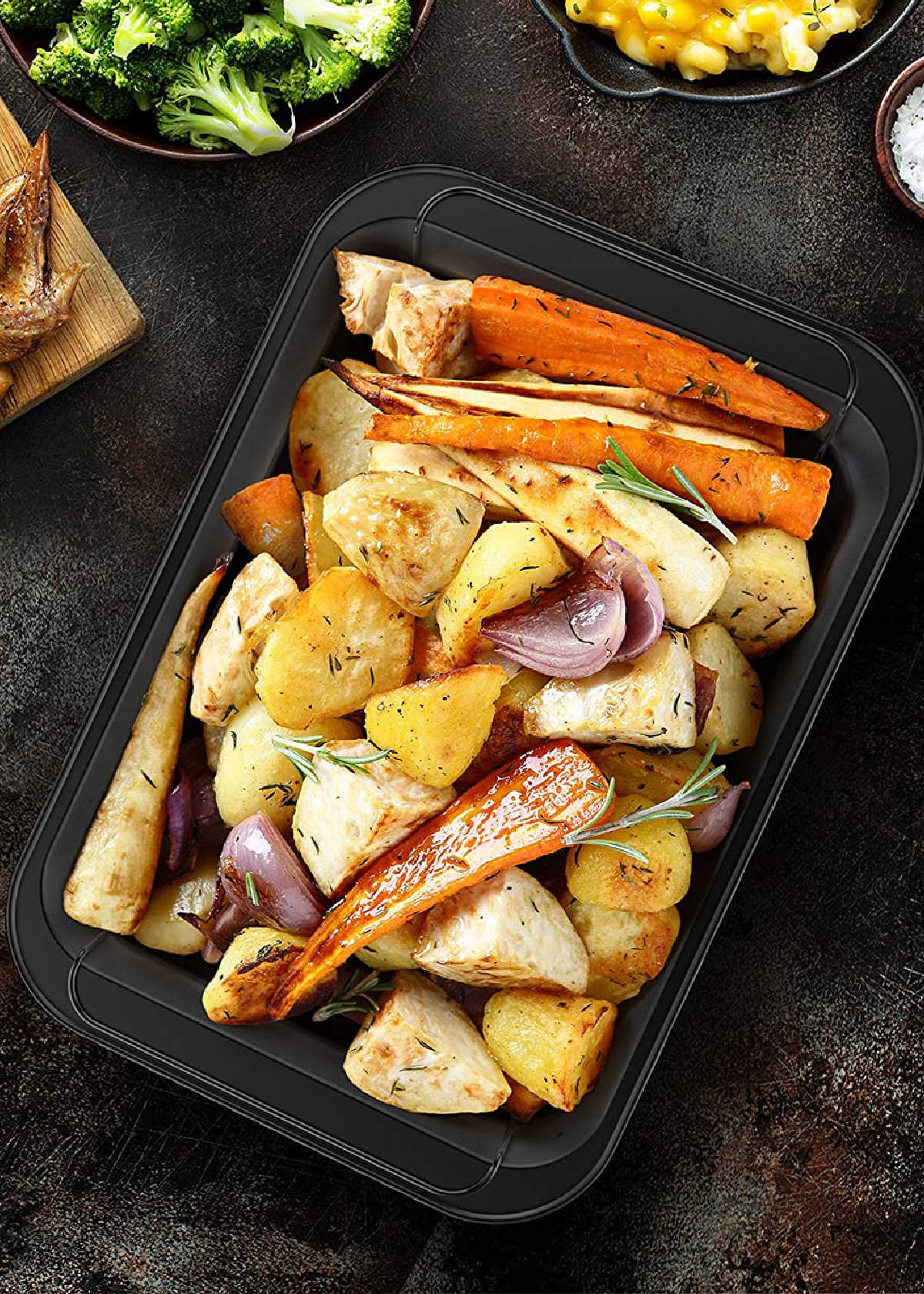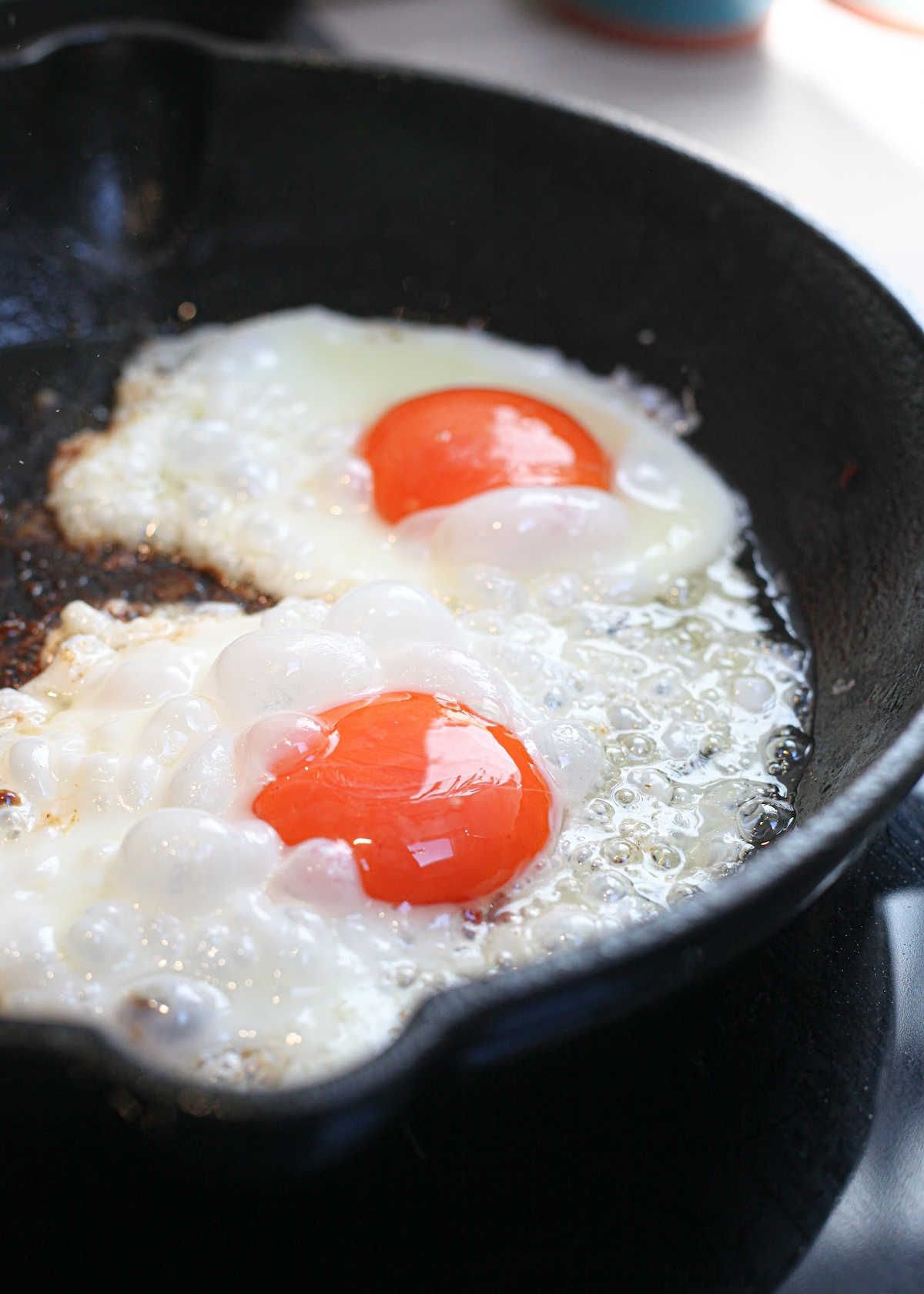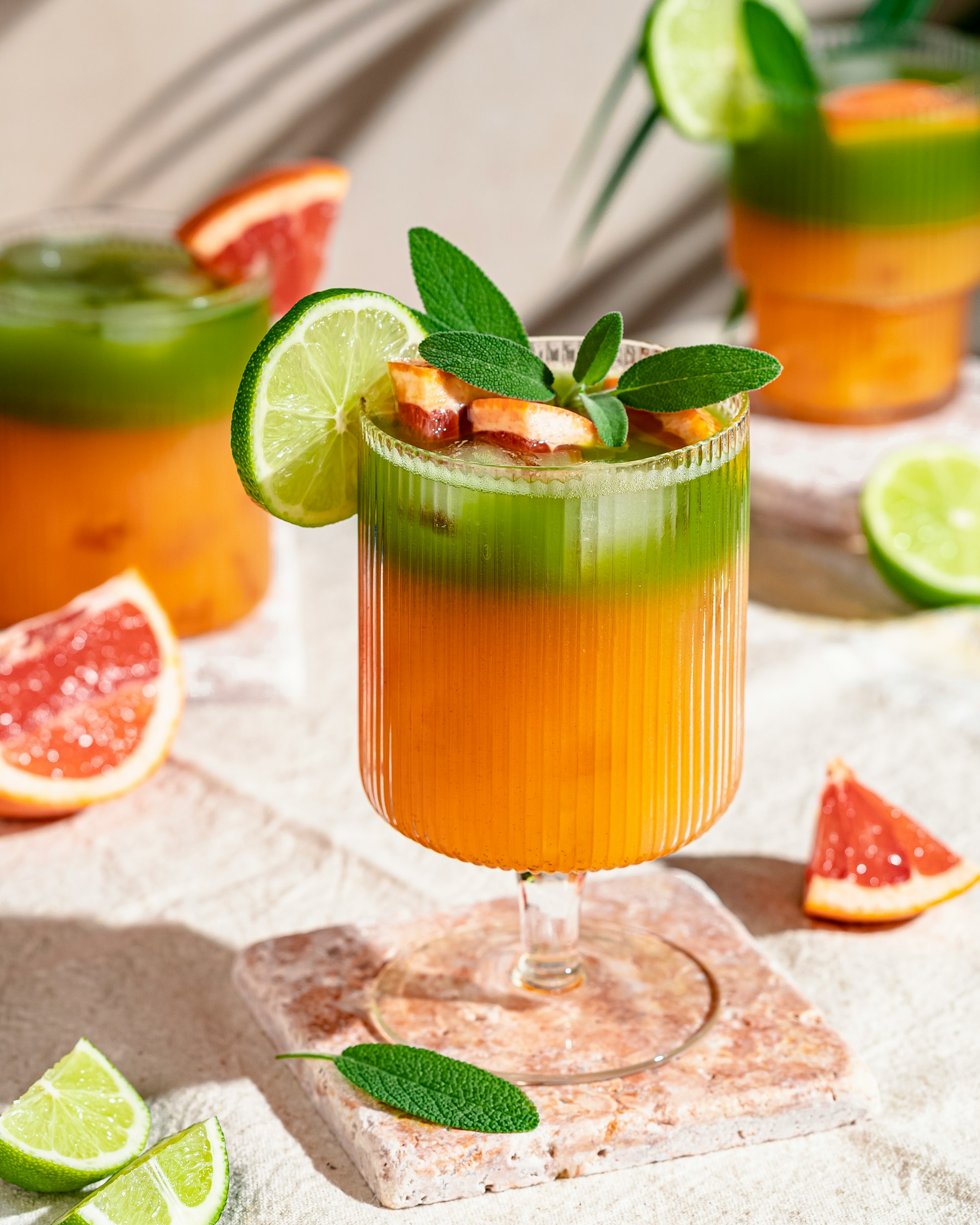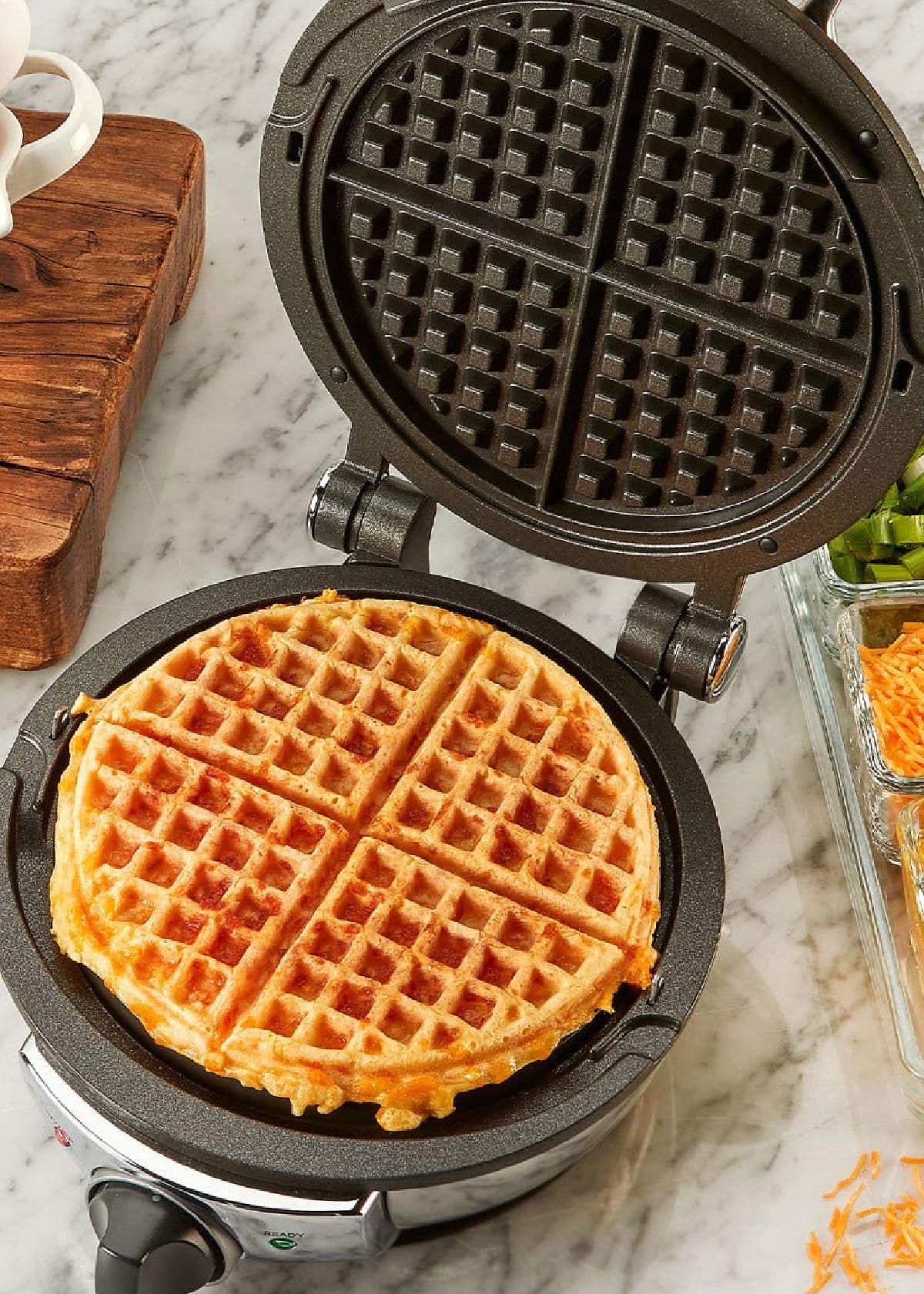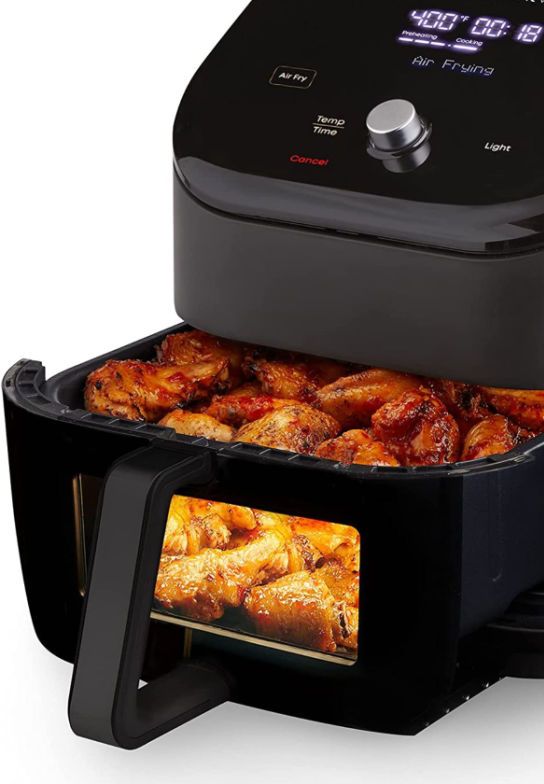Content Summary
If you're like many home chefs, you've been wondering if you can use a blender as a food processor. After all, they both have blades and can chop up food, so what's the difference? As it turns out, there are some key differences between blenders and food processors that every home chef should know. Here is the shortest answer that shed some light for you!
The Main Differences Between Blenders & Food Processors
1.Blade Differences
One of the biggest differences between blenders and food processors is the blades. Blender blades are sharp and angled, which helps them create a smooth, even consistency when blending ingredients. Food processor blades, on the other hand, are dull and serrated. This design is better for chopping and mincing because it doesn't create as much friction, which can lead to uneven results.
2.Processing Capacity
Another difference to consider is processing capacity. Blenders typically have a larger processing capacity than food processors, which means they can handle more ingredients at once. This is due to the fact that blenders have taller jars or cups that allow for more ingredients. Food processors also typically have smaller feeding tubes, so you can't fit as much in at once.
3.Speed Settings
When it comes to speed settings, blenders typically have more options than food processors. This gives you more control over the consistency of your blend. For example, if you're making a smoothie, you'll want to use a higher speed setting to make sure all the ingredients are evenly blended. But if you're making a soup or sauce, you'll want to use a lower speed setting so you don't end up with a watery final product.
4.Functionality
Another key difference between these two appliances is the way they function. Blenders rely on a spinning motion to chop and blend ingredients, while food processors use a pulsing action. This means that blenders are better for smooth, even results, while food processors can achieve a coarser chop.
What Food Processor Can Do While Blender Can't
While blenders can do a lot, there are some things that they just can't do as well as a food processor.
- For instance, if you're looking to make homemade nut butter or hummus, a food processor is going to give you a much smoother consistency than a blender.
- And if you're trying to shred or grate ingredients like cheese or carrots, a food processor will do a better job than a blender.
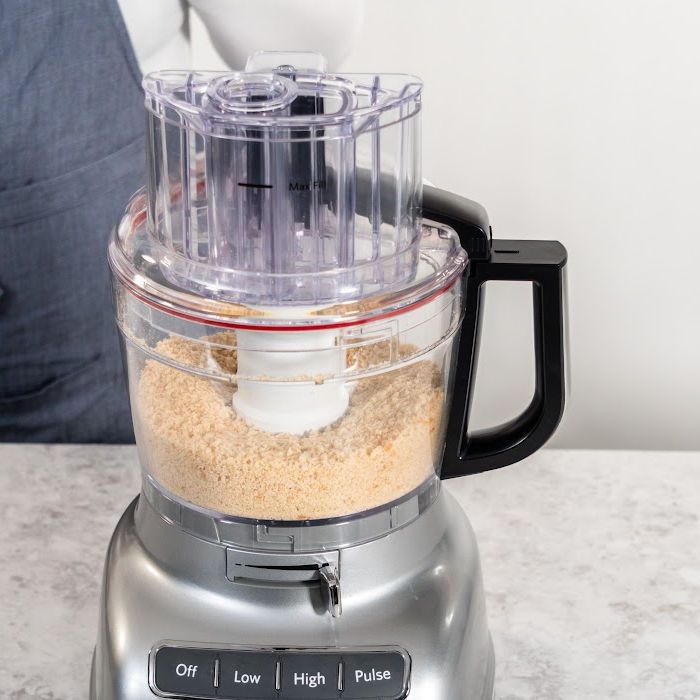
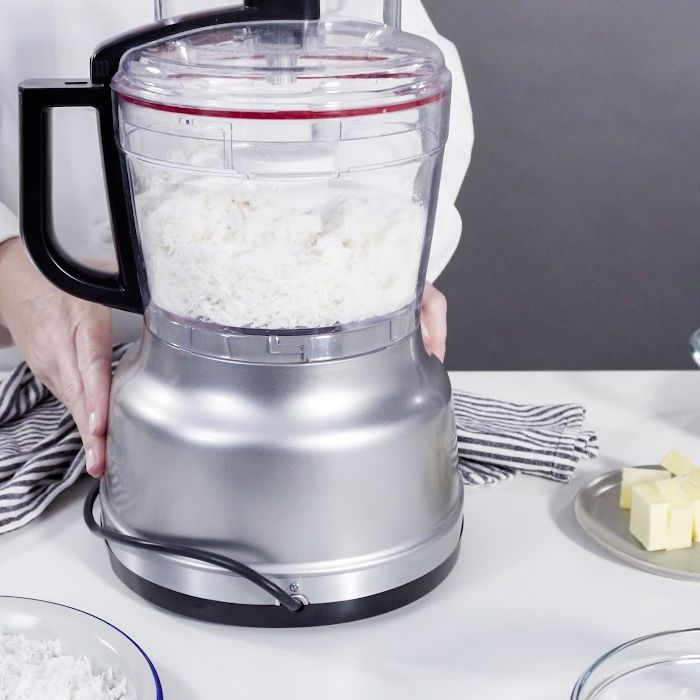
What Blender Can Do While Food Processor Can't
On the other hand, there are some things that blenders can do that food processors can't.
- For example, if you're looking to make a smoothie or puree, a blender is going to give you much better results than a food processor.
- And if you need to chop ice or blend together hard ingredients, a blender is also going to be your best bet.
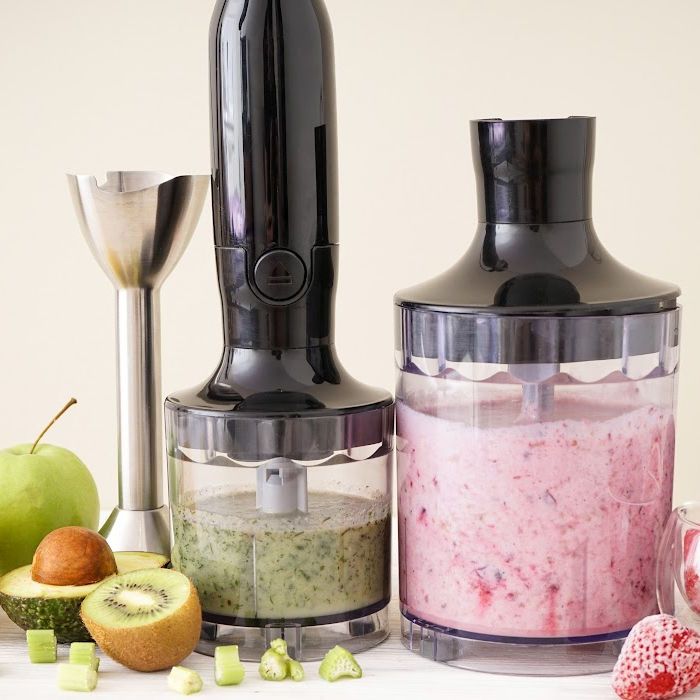
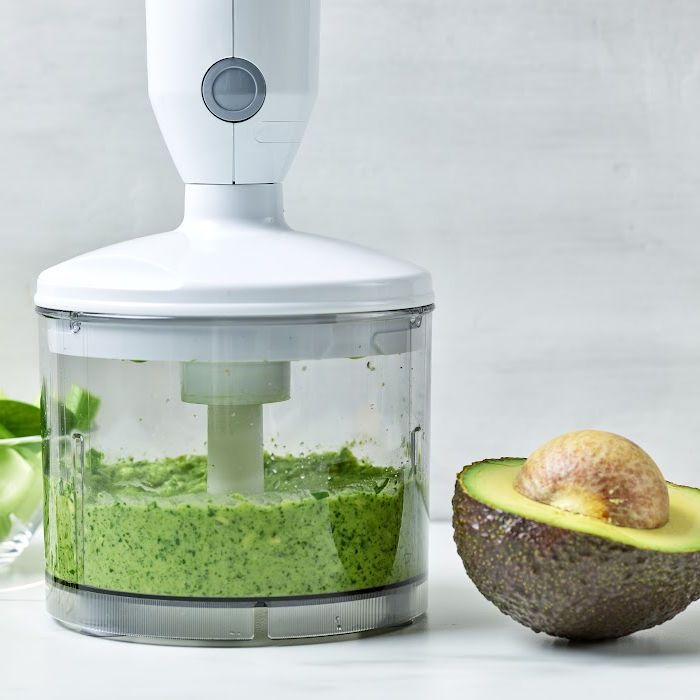
So, Can You Use A Blender As A Food Processor?
The answer is: Technically, yes. But should you? Probably not. Both devices can chop and blend ingredients, but there are some key differences that you should be aware of before using either one.
By understanding the blade differences, processing capacity, and speed settings, you can ensure that you're using the right tool for the job. These two appliances are designed for different purposes, and using one in place of the other can lead to subpar results. What is an alternative?
Blender and Food Processor Combo
If you can't decide whether you want a blender or food processor (or both!), there are some handy combo devices on the market that will do both jobs. These usually have one large jar for blending and a smaller bowl for processing, so you can get the best of both worlds in one appliance.
In A Nutshell
So there you have it! Some key differences between blenders and food processors that every home chef should know. When in doubt, reach for your blender when you need to puree or chop large quantities of ingredients at once, and reserved the food processor for tasks like mincing garlic or chopped nuts. Now get out there and start cooking!
Cut down on appliance clutter to save cost, and purchase a quality machine that can all blend, shred, chop and mix your food. To save you time, we've compiled the best blender and food processor combo in this blog post-- so just take a look! You'll be whipping up delicious family meals in no time with this nifty combo device.
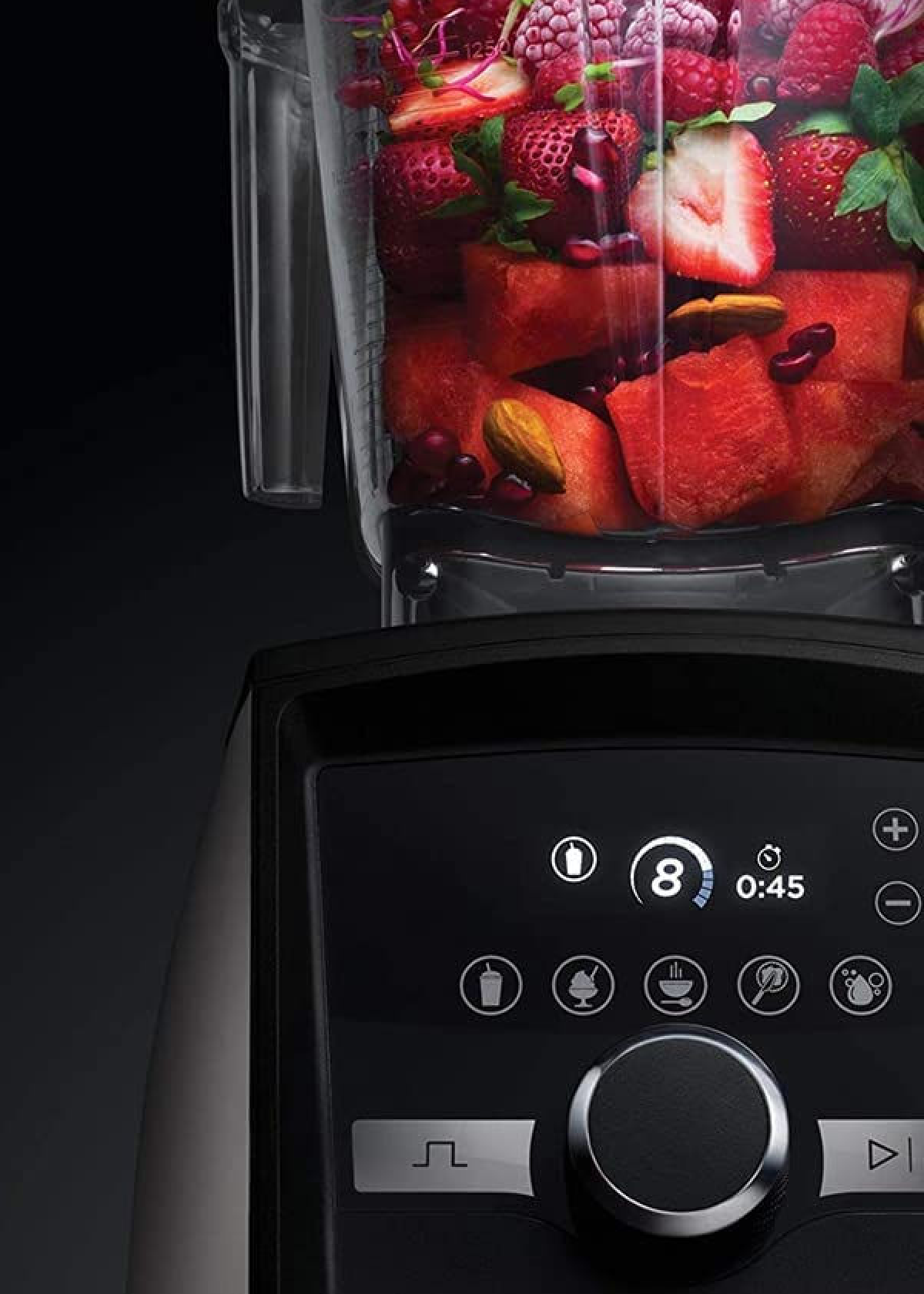
Happy cooking!
Catchy Finds

